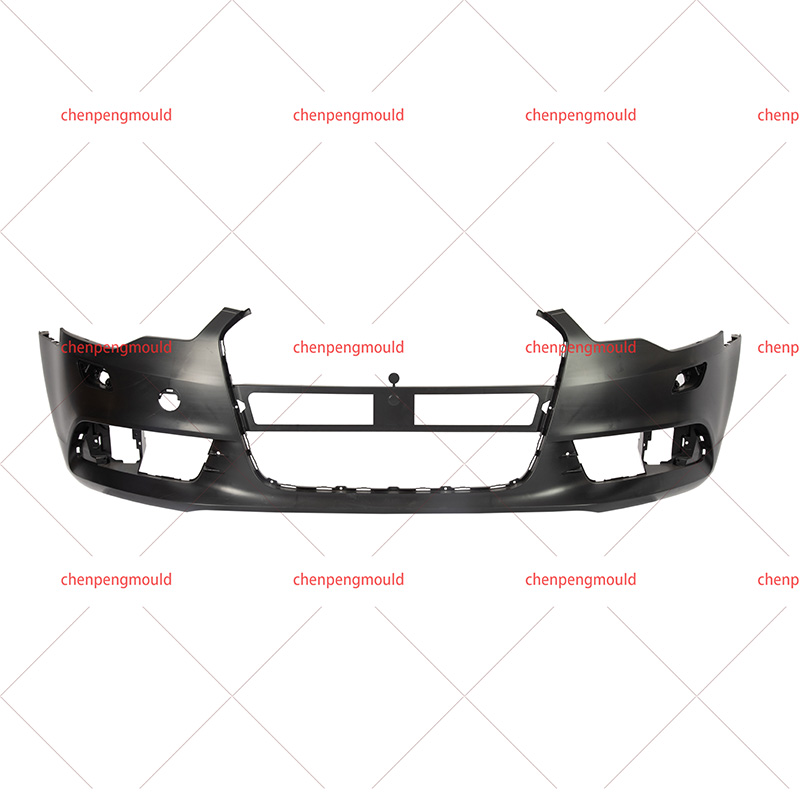In automobile manufacturing, the air intake grille is a vital component, which not only affects the vehicle's appearance design, but also has a direct impact on the engine's performance and fuel efficiency. When manufacturing this critical component, the quality and detail of the Automotive Plastic Air Intake Grille Mold determines the performance and appearance of the final product.
1. Precise design and mold manufacturing:
The design of automotive plastic grille molds must be precise to ensure that the final product meets the vehicle's appearance and performance requirements. During the mold manufacturing process, advanced computer-aided design (CAD) and computer numerical control machining (CNC) technology are used to ensure that every detail is accurately represented. This includes aspects such as the shape and size of the grille, the layout of the vents, etc.
2. High-quality mold material selection:
The material of the mold is directly related to its service life and the quality of the finished product. High-quality mold materials should be wear-resistant, corrosion-resistant, and high-strength to ensure stable performance in high-volume production environments. Usually, high-quality steel or special alloys are used as mold materials to ensure the durability and stability of the mold.
3. Accurate injection molding process control:
In the injection molding process, precise control of parameters such as temperature, pressure, and injection speed is crucial. This ensures that the plastic is fully melted in the mold and fills every tiny mold detail, resulting in a high-quality air intake grille. Precise injection molding process control also helps reduce defects in the finished product, ensuring each grille meets design standards.
4. Precision cooling system design:
The mold will be subject to considerable thermal stress during the production process. In order to ensure the stability of the mold and extend its service life, an effective cooling system needs to be designed. A well-designed cooling system can ensure rapid cooling of the mold, reduce production cycles, and reduce energy consumption. This is crucial for the mass production of plastic air intake grilles for automobiles.
5. Surface treatment and finish:
The appearance quality of the final product is directly affected by the surface treatment and finish of the mold. The use of high-quality surface treatment technologies, such as polishing and coating, can ensure that the outer surface of the air intake grille is smooth and even, improving the overall appearance and texture. This is crucial to meeting the high standards of automotive exterior design.
6. Mold ease of use and maintainability:
An excellent automotive plastic air intake grille mold should be easy to use and maintainable. This includes ease of installation, replacement and maintenance. Properly designed mold structures and removable parts can greatly reduce mold replacement and maintenance time and improve production efficiency.
7. Finished product consistency and quality control:
Each grille should be consistent with other finished products to ensure consistency on the vehicle production line. Therefore, the design and manufacturing of molds must undergo precise quality control to ensure that each finished product meets predetermined specifications and standards.
The details of the grill mold determine the quality and performance of the final product. Through precise design, high-quality material selection, optimized process control, and advanced mold manufacturing technology, automobile manufacturers can produce automobile air intake grilles with beautiful appearance and superior performance.




 +86-18357617666
+86-18357617666








